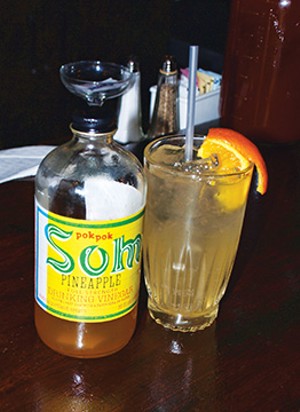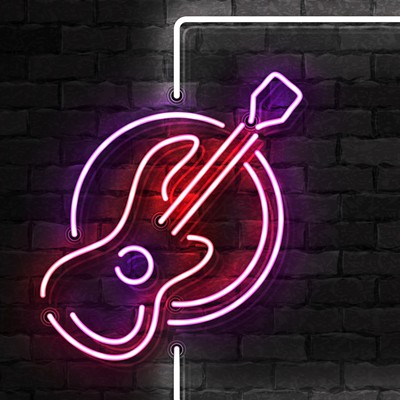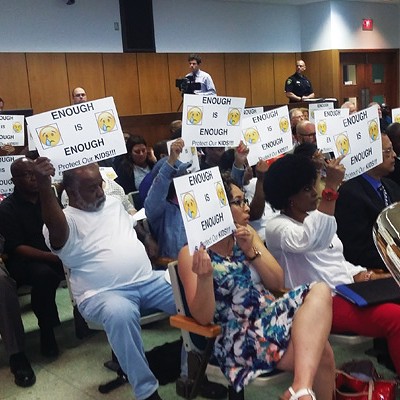Would you like to drink a shrub? I’m not talking about drinking bushes you might have in your yard, but a class of sweet/sour beverages that is centuries old. But shrubs are enjoying a renaissance these days in restaurants and other eating establishments in big cities and trendy locales. And, not least, in one of Springfield’s very best restaurants.
Drinking shrubs are made by macerating fruit and/or herbs and other aromatics in tart liquid. The most common liquid is vinegar (often diluted), which gave rise to shrubs’ other name: Drinking vinegars. But I’ve found recipes in old cookbooks that call for water that has been acidulated with tartaric acid.
After several days, the now-flavorful liquid is strained off and then mixed with sweeteners; usually sugar, but sometimes honey or even maple syrup or molasses. The resultant mixture can be left, unheated, to ferment, or boiled briefly. Once cooled it can be used immediately, simply diluted with still or soda water. Shrubs make deliciously sophisticated non-alcoholic drinks by themselves or as part of a more complex concoction but are equally good when the occasion calls for a splash of spirits.
Drinking vinegars, aka shrubs, may not sound particularly enticing. But think of how refreshing the combination of sweet and tart is in other drinks, from lemonade to sodas ranging from colas to lemon-lime and beyond. Without their acid component, they’d be insipid.
In 15th century England, shrubs evolved from medicinal cordials. By the 17th and 18th centuries, shrubs were sold in most English pubs. Shrubs “crossed the pond” with American colonists, both as drinks and to make fruit preserves. Eventually, though, shrub drinks fell out of fashion as methods of home refrigeration became more sophisticated.
Aside from a few recipes I’d seen in old cookbooks, my first encounter with shrubs came at Pok Pok restaurant in Brooklyn about four years ago. The original, legendary Pok Pok is in Portland, Oregon. Its chef and owner, Andy Ricker, is to Thai food what Chicago’s Rick Bayless is to Mexican cuisine: a non-native who spent years travelling and researching regional variations and specialties before opening a restaurant. In Ricker’s case, that initially meant making and serving the most authentic Thai food in America out of his garage. Pok Pok had been on my must-do list for several years, but I’d never been able to get there. So when Ricker opened his first – and only – outpost in Brooklyn where I frequently visit my daughter and her family, I made a beeline on my next visit.
Pok Pok’s versions were labeled “drinkable vinegars.” We ordered them with our meal and purchased a bottle to take home. They were a sweet-sour delight, but I didn’t associate them with the shrubs I’d only read about in old cookbooks. And the bottle was pricey even though its contents were meant to be diluted: $20 for 16 ounces.
Several years went by. I’d forgotten about them until this summer at a Prairie Fruits Farm dinner in Urbana. Prairie Fruit’s dinners always include a non-alcoholic thirst-quencher with their always-amazing hors d’oeurvre spread, but this time there was also a blackberry and lemon verbena shrub lightly laced with bourbon. Of course I had to try one. It was scrumptious, the vinegar adding just a tart note to the multiple flavors rather than an aggressive presence. Only the sultry hot evening kept me from ordering more, and I devoutly wished they’d also made a non-alcoholic version: I still had to drive back to Springfield at evening’s end.
I’m always amazed when something I’ve just encountered keeps showing up. Not long after, my husband and I were enjoying dinner at Maldaner’s lovely outdoor setting when chef/owner Michael Higgins stopped by our table to chat. I’m not sure how the subject came up, but before long, the topic of shrubs dominated our conversation well after our dinner was finished.
Higgins had encountered shrubs on his most recent trip home last winter. A native of San Francisco, Higgins said, “They [shrubs] are everywhere in Northern California – in restaurants, coffee houses, just everywhere. A lot of times they were initially offered as an interesting non-alcoholic beverage, but now they’re on drink menus both with and without.”
Returning to Springfield, Higgins purchased some of Pok Pok’s drinking vinegars online. From there, it was a logical next step to making his own shrub concoctions.
Initially, Higgins only offered shrubs off menu to customers who asked about interesting non-alcoholic drinks. And they’re still a large part of his shrub-drinking clientele. Some regulars even have their own preferred concoction kept behind the bar just for them. By now though, some of Higgins’ shrub creations have made it to the drinks menu. Following the basic Pok Pok methodology, he uses only mild cane vinegar (available at Little World Mart) and organic Florida cane sugar. He covers the fruit and/or other aromatics with the vinegar, and lets them stand for three to four days. Higgins then strains the solids, and heats the infused vinegar with sugar. (He does not attempt fermentation, wisely deeming it too risky to serve his restaurant customers.)
That’s just the beginning of the fun, according to Higgins. He has mastered most traditional shrubs such as pineapple, ginger and berries. But Higgins delights in expanding the shrub universe with herbs from his rooftop garden, as well as blazing entirely new ingredients – and uses for them.
Some are drinks: a Chinese celery shrub is paired with Hendricks’ gin; an astonishingly good black pepper shrub combines beautifully wit vodka or gin, but is uniquely refreshing on its own. His other innovations include a coffee shrub and – my particular favorite – one made with roasted red peppers. Higgins isn’t utilizing either of those as a drink – yet. But he has found that they add a distinctive bright note to sauces.
There are several sources for ready-made shrubs on the Internet, as well as recipes to make your own. There’s even a book, Shrubs: An Old Fashioned Drink for Modern Times, by Michael Dietsch, published in 2014.
Contact Julianne Glatz at [email protected].



















